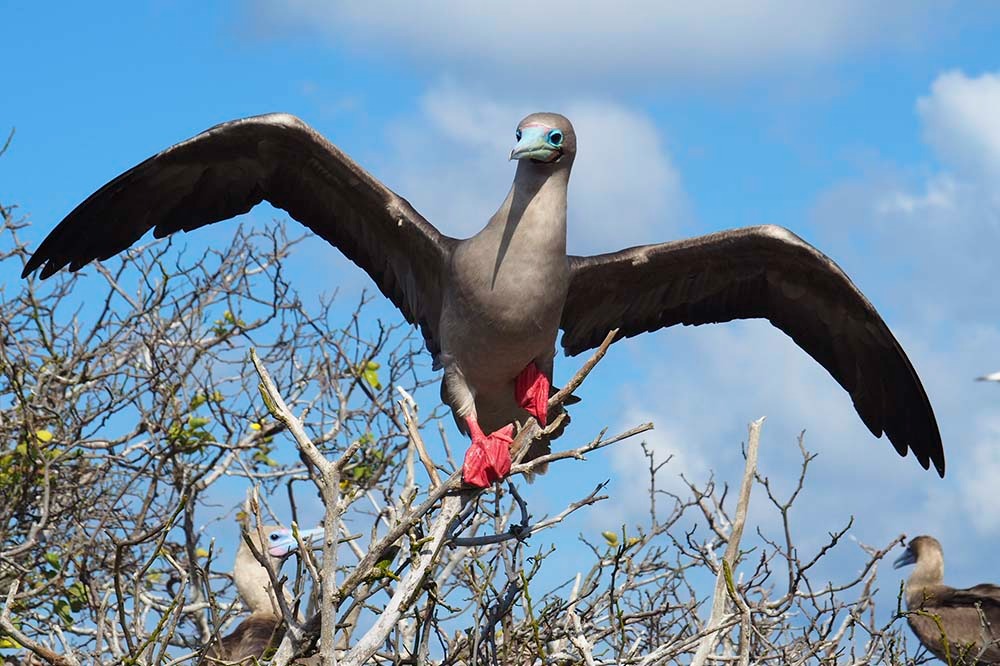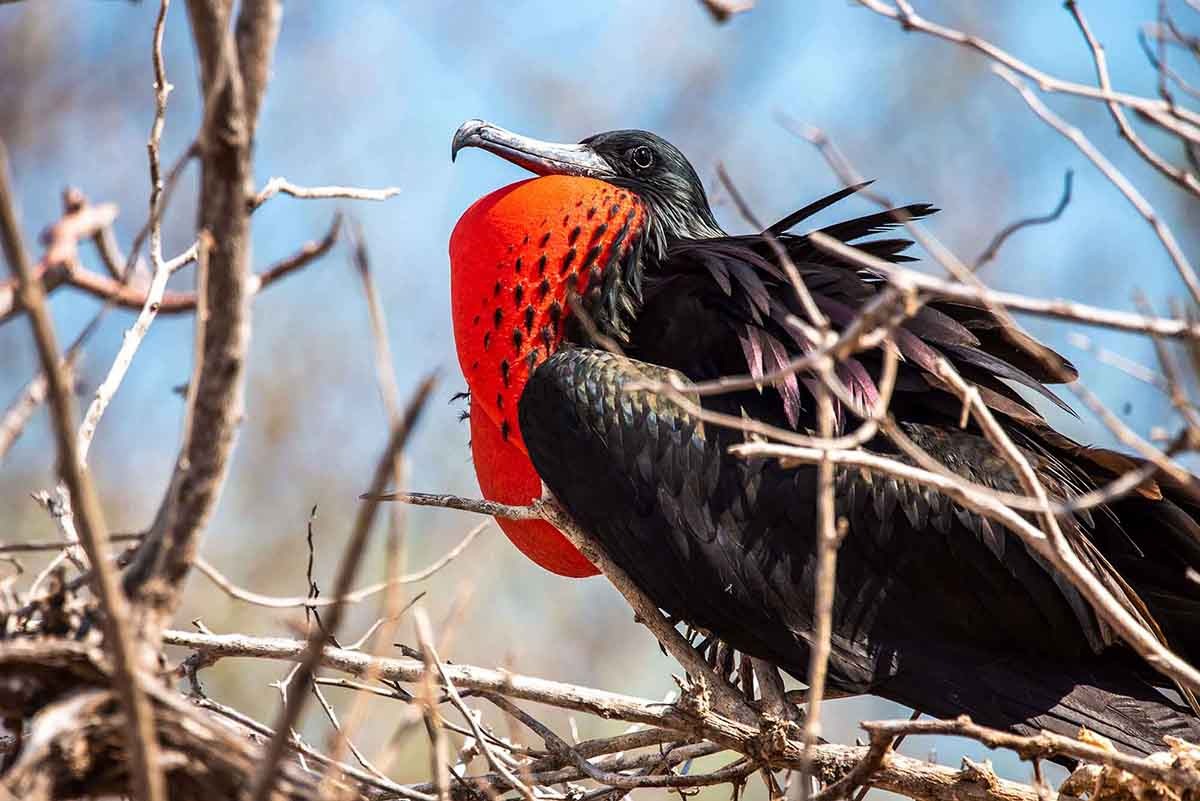You will be able to walk alongside endangered animals that you won't find anywhere else. The Galapagos park approves this route for its ability to transport blue-footed boobies, giant tortoises and marine iguanas. Horizon trimaran provides luxury, comfort, and stability for carefree cruising between islands.
Day by day
Map

Preview

Preview

Preview
Cruise Includes
Scheduled visits and activities with a professional bilingual guide
All meals on board, snacks, purified water, tea and coffee
Accommodation in standard cabin / suite (with balcony where applicable) with private bathroom and air conditioning
Snorkeling equipment (mask, lenses, fins), sea-kayaks, wet-suits (some boats)
Assistance at the Airport and 24/7 during the trip
Cruise does not include
Air tickets to / from Galapagos from / to Quito, Guayaquil or combined route
Entrance to the Galapagos National Park US $ 200 p.p. (cash in the Islands)
Galapagos Control Card US $ 20 p.p. (at the airport before check-in)
Soft and alcoholic drinks on board; personal expenses, extras and tips guide and crew (cash);
Travel insurance with medical, cancellation and other unforeseen coverage
Other services in Continental Ecuador and not specified in the program
Galapagos Central and North Islands cruising vacation
From USD 5845,00
Enquire now
Dates & Promotions
| Dates | Itinerary | Price (USD) | Available | Hold | Promotion | |
|---|---|---|---|---|---|---|
No data | ||||||